Group C Strep Treatment
Group c strep treatment. We dont know if groups C and G streptococci deserve antibiotic therapy and of course we never routinely know if they express C5a. Mortality was high 250 especially among older patients and patients with endocarditis meningitis and disseminated infection. Treatment and antimicrobial susceptibility Penicillin remains the drug of choice for treating streptococcal infections and S.
Most human infections caused by groups C and G streptococci are transmitted from person to person but infections due to Streptococcus equi subsp. Although the clinical significance of tolerance is unclear one study demonstrated that in adults with endocarditis resulting from tolerant group C streptococci infection treatment with penicillin plus an aminoglycoside resulted in improved outcome. SDSE may also be resistant to other antibiotic classes including tetracyclines macrolides and clindamycin.
Dysgalactiae strains with reduced susceptibility to penicillin have never been reported. Twice a day though. MICs and minimum bactericidal concentrations MBCs of penicillin erythromycin and vancomycin for.
Bone and joint infections Toxic shock can follow both localised and invasive infections. Zooepidemicus and rarely to S. Pyogenes in most instances with the remaining minority due to other streptococci such as Group C or G beta-haemolytic streptococci.
In many cases there is. Examples of mild S. Treatment duration varies from 5 days to 3 months depending on the clinical diagnosis.
Pyogenes infections include pharyngitis strep throat and localized skin infection impetigo. 40 years experience Allergy and Immunology. Cellulitis is more commonly seen on the lower limbs fre-quently involving the calf.
It is resistant to many common antibiotics such as aminoglycosides aztreonam cephalosporins clindamycin the semisynthetic penicillins nafcillin and oxacillin and trimethoprim-sulfamethoxazole. The choice of an agent should be based on local antimicrobial sensitivities site of infection cost and comorbid conditions.
Twice a day though.
We dont know if groups C and G streptococci deserve antibiotic therapy and of course we never routinely know if they express C5a. 40 years experience Allergy and Immunology. SDSE may also be resistant to other antibiotic classes including tetracyclines macrolides and clindamycin. Although the clinical significance of tolerance is unclear one study demonstrated that in adults with endocarditis resulting from tolerant group C streptococci infection treatment with penicillin plus an aminoglycoside resulted in improved outcome. In many cases there is. Most human infections caused by groups C and G streptococci are transmitted from person to person but infections due to Streptococcus equi subsp. Cellulitis is more commonly seen on the lower limbs fre-quently involving the calf. Bone and joint infections Toxic shock can follow both localised and invasive infections. Treatment duration varies from 5 days to 3 months depending on the clinical diagnosis.
A retrospective review of medical records for 32 patients with invasive group C streptococcus GCS or group G streptococcus GGS infections was performed. Zooepidemicus and rarely to S. SDSE may also be resistant to other antibiotic classes including tetracyclines macrolides and clindamycin. 40 years experience Allergy and Immunology. Pyogenes in most instances with the remaining minority due to other streptococci such as Group C or G beta-haemolytic streptococci. 500 mg twice a day for 10 days would be fine to treat his strep throat that would be the maximum dose for his weight. Treatment and antimicrobial susceptibility Penicillin remains the drug of choice for treating streptococcal infections and S.
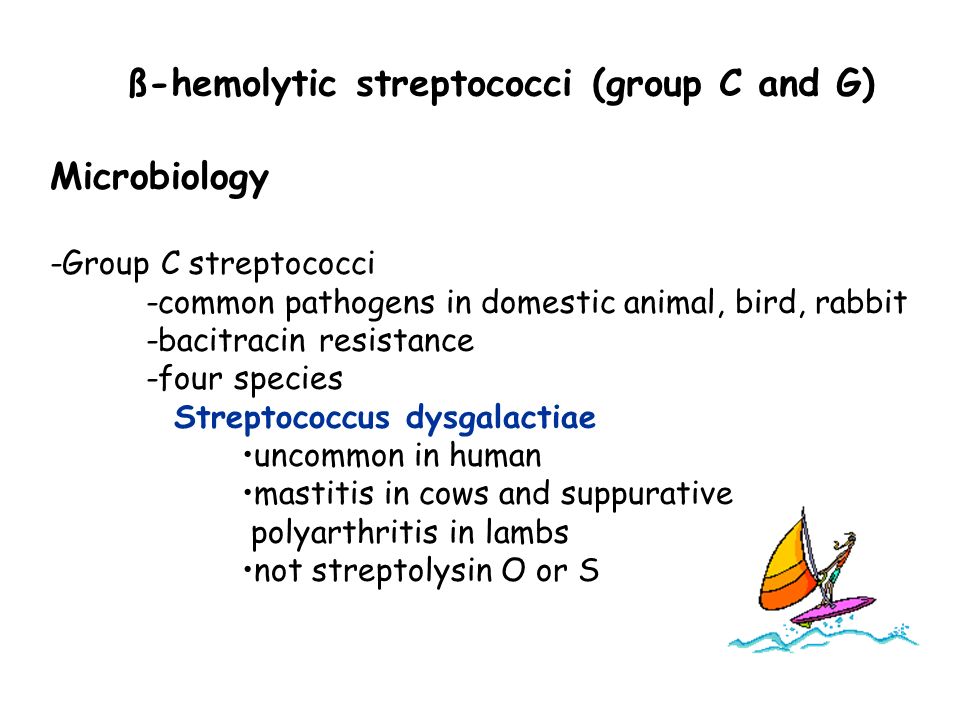



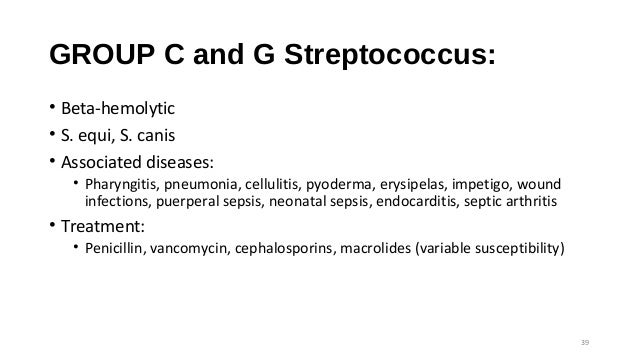

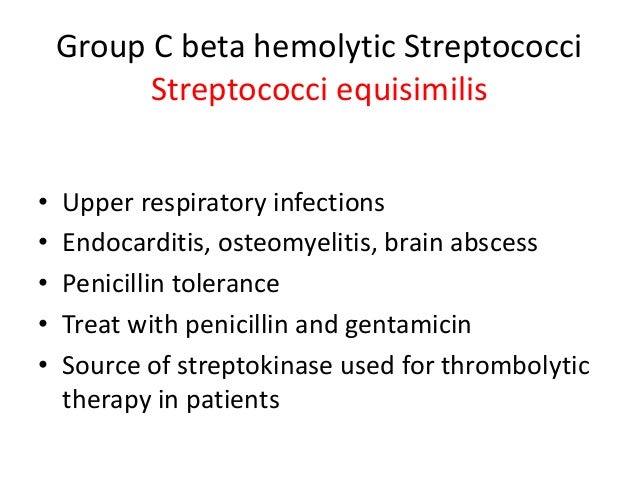
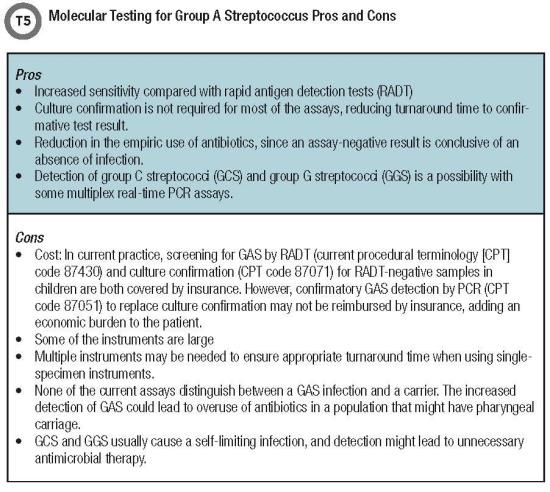


/strep-throat-causes-5ada04623037130037c22f64.png)


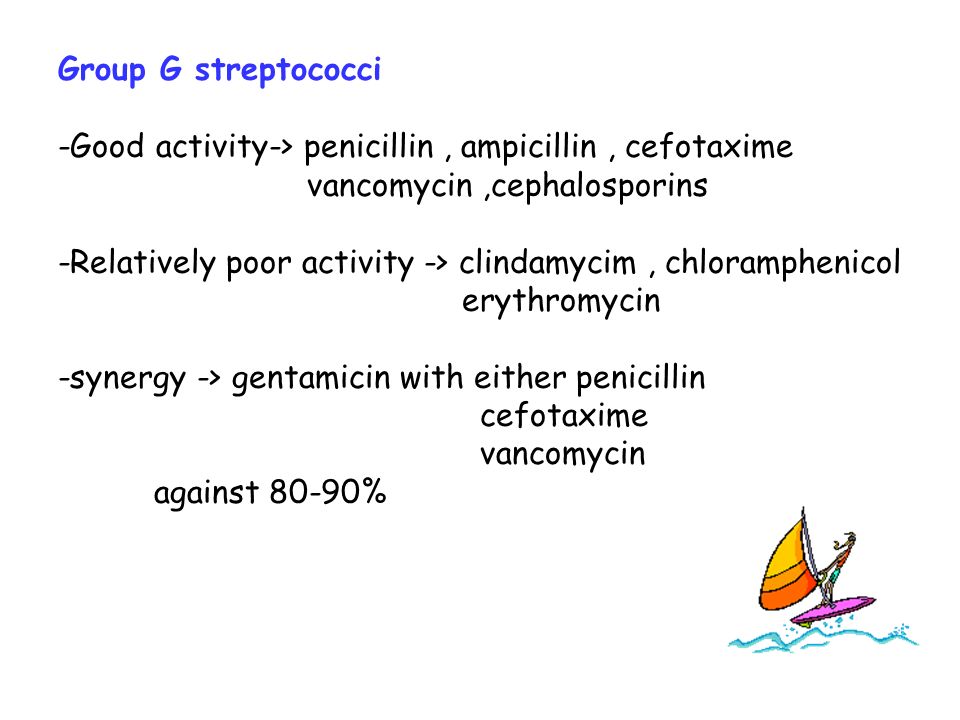
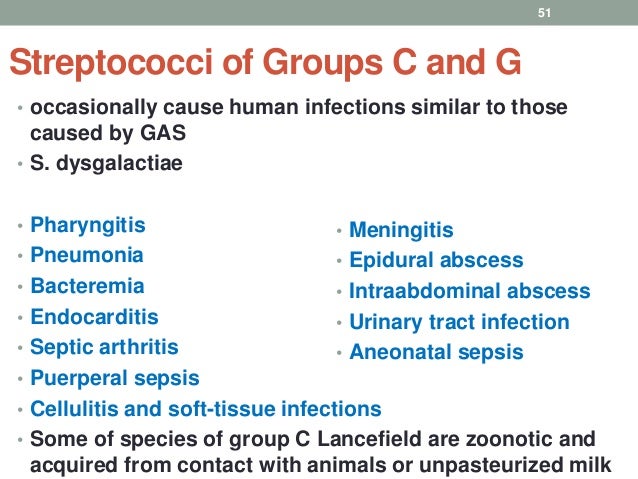
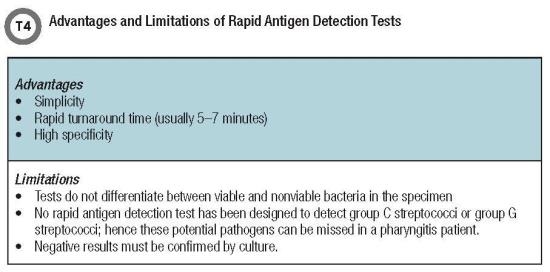





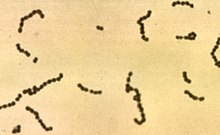
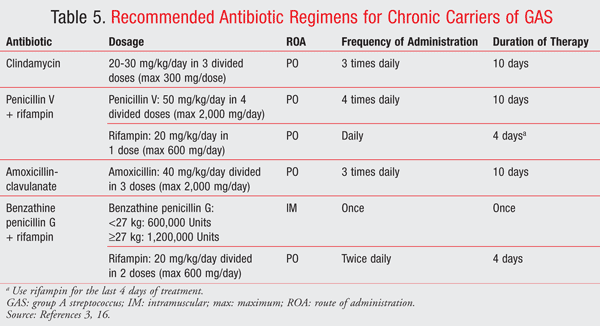


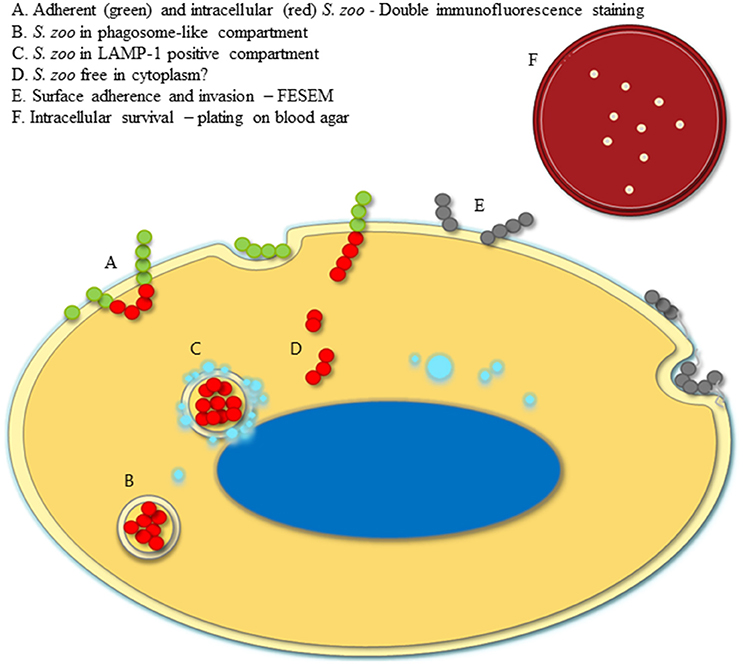


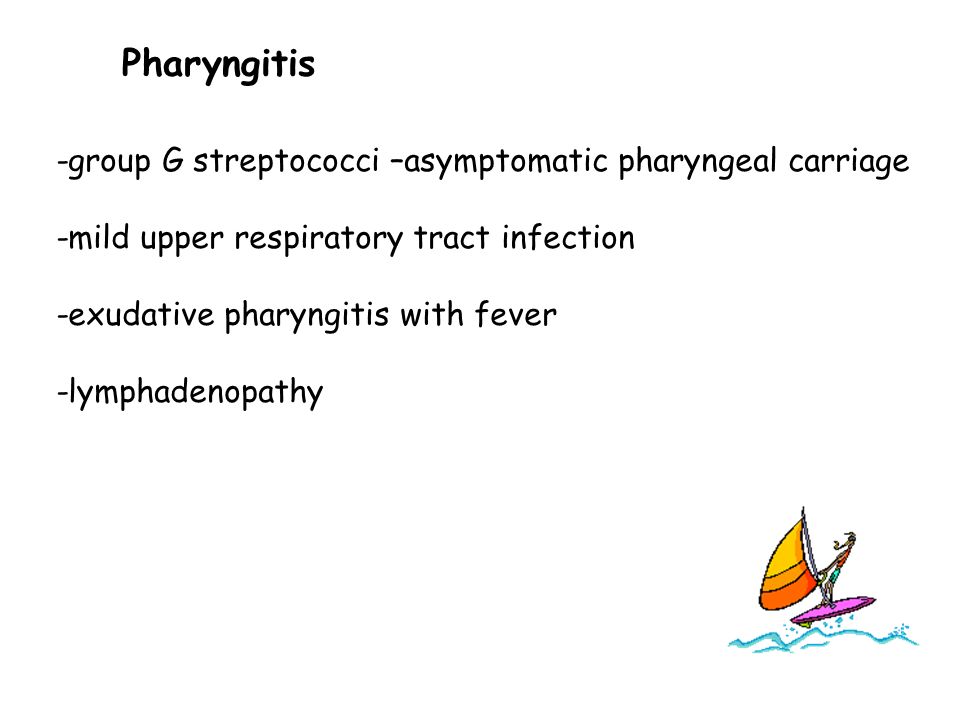

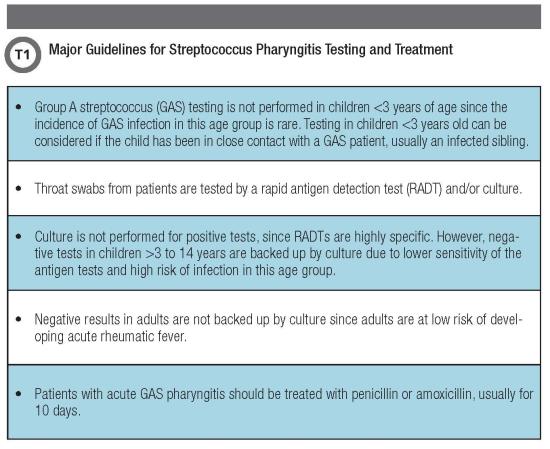



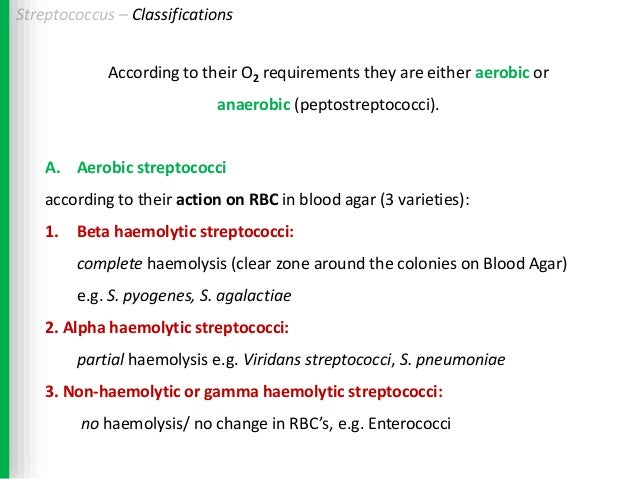


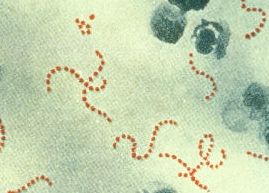



Post a Comment for "Group C Strep Treatment"